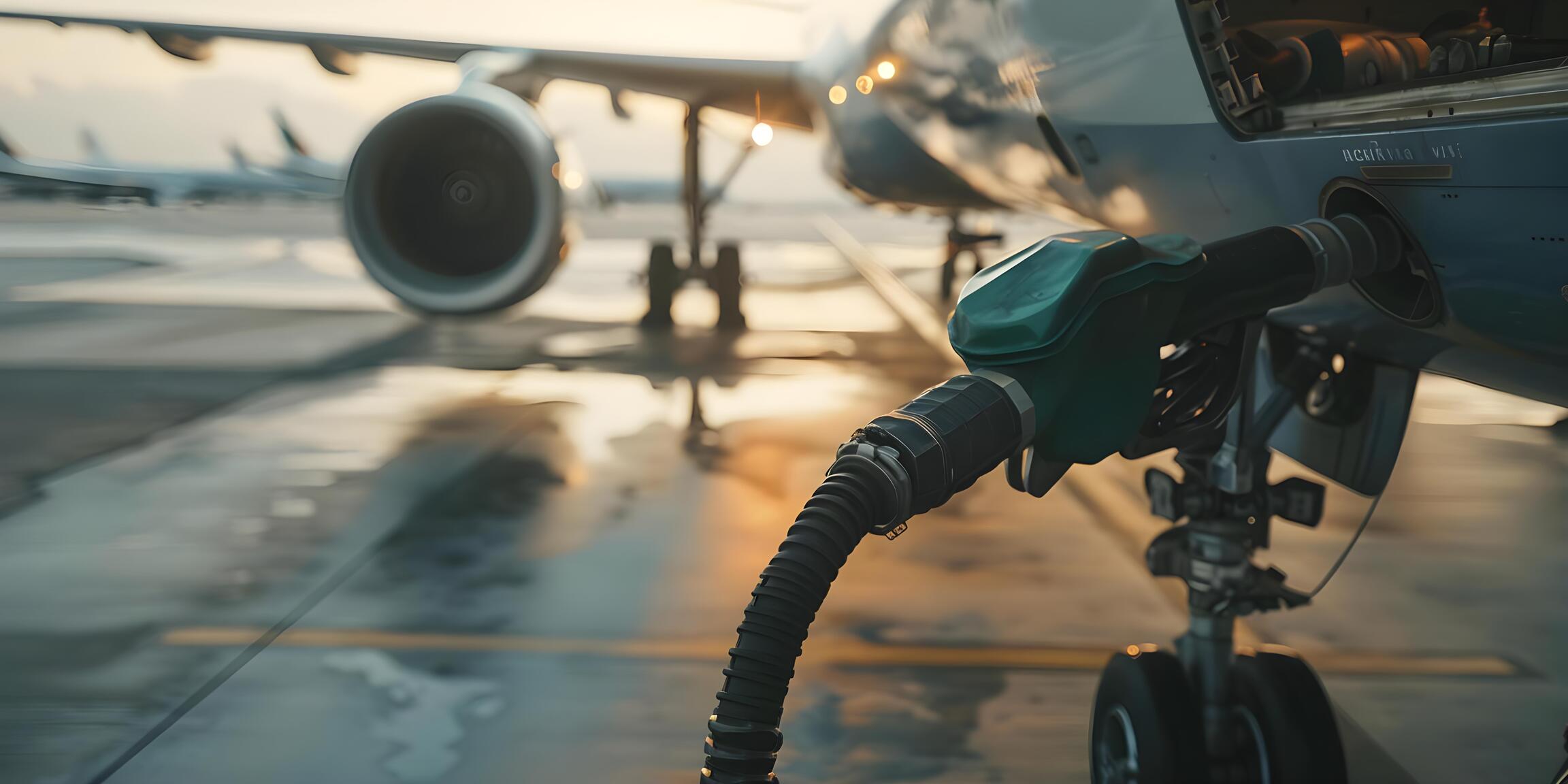Of the substance that allows our plane to rise in the sky, we are often only clear about the economic cost involved. As the saying goes, “It is not the sustenance that keeps the aircraft in flight, but the wallet.
This time we will see that beyond the price of fuel, it is important to know other aspects that will allow us to fly more safely, more ecologically and, why not, more economically.
Different types of fuel
Firstly, it is important to distinguish between the different types of fuel used in aviation. Basically, the usual fuels for piston engines are the different AvGas types: 80, 100, and 100LL, which have recently been joined by AvGas UL91 and unleaded automotive gasoline.
In a different step we find the Jet A1 used by turbine engine planes, turboprops, and the new aviation diesel engines.
The most generically used up to now in piston engines is AvGas 100LL, a fuel with a lead additive (Tetraethyl Lead, MMT, Ferrocene, Ferropentacarbonyl or Toluene, 2.2.4.trimethylpentane) that in general does not exceed 0.35 g/l., and that serves to improve the compression capacity of the fuel-air mixture without it detonating.
However, these types of fuels are not available today, since environmental policies tend to abolish lead compounds due to their proven carcinogenic capacity, so that the use of unleaded fuels, such as UL91, gasoline, or Jet A1 for diesel engines, is beginning to be generalized in General Aviation, as it was only a short time ago in the automotive sector.
Refuel correctly, and with the right fuel
Proper refueling begins, in both general and commercial aviation, with the elaboration of the routing. The calculation of the necessary fuel according to the destination and the characteristics of the flight is fundamental to know exactly how much we need. Remember that transporting unnecessary fuel also requires fuel, and therefore is a waste that also pollutes and costs money.
When calculating we must take into account, depending on the consumption that our plane gives us at each altitude, the fuel needed to reach our destination. To this we will add the necessary fuel for a wait of half an hour at destination, to reach the alternative and, if necessary, to keep waiting a quarter of an hour more in alternative. The sum of each amount will give us the total fuel to be loaded.
When refueling we will make sure that the type or types of fuel our device admits, and we will only refuel with the one or those indicated by the manufacturer.
Refuelling is not a risk-free operation. In order to mitigate these risks, an earth connection is made to prevent sparks from coming into contact between the hose nozzle and the metal parts of the aircraft. Also, even the pilot is not allowed on board during operation. Needless to say, cigarettes, lighters, or any incandescent devices are strictly forbidden.
Drainage What for?
To make sure that undesirable elements such as water or other contaminants do not travel in our fuel tank, with harmful and predictable effects in case they reach the engine.
Despite the fact that the fuel supplied by the supplier is guaranteed to be free of water and foreign elements, especially if the aircraft has been immobilized for some time and with the tanks half full, it is possible that foreign elements or condensation water have been deposited in the tanks.
To eliminate them it is convenient to drain the aircraft in each of its drainage valves, making sure after the operation that these are perfectly closed and watertight. We will check visually in the drainer the absence of contamination, and also olfactorily. The content must smell of fuel intensely, otherwise it could be due to the fact that the content is water in its entirety!
In any case, and in the presence of water or solid particles, we will repeat the drainage operation as many times as necessary until only fuel appears through the flume.
And finally, manage the flight correctly
All of the above is of little value, if we do not carry out an intelligent management of our energy resource during the flight.
A good planning of the ascent and descent (what is known as “green approach”) especially in long crossings is fundamental, not only to obtain an optimal “fuel flow”, but also to avoid unnecessary efforts to the engine or engines. For this, in atmospheric engines we will take into account the mixture adjustment, which must be impoverished from altitudes generally above 3,000ft. using the EGT indicator, adopting the most appropriate propeller pitch for each phase of flight in variable pitch aircraft, and planning the descent in a regular and continuous way.
The modern instrumental presentations of the “Glass Cockpit” type cabins (G.1000 and similar) provide excellent information to achieve these objectives.
If you like the world of aviation and want to train as a pilot, check out the information about our courses here.
